Home>Home Appliances>Heating & Cooling>In Which Direction Does The Air Filter Go In A Central Air Heating System?
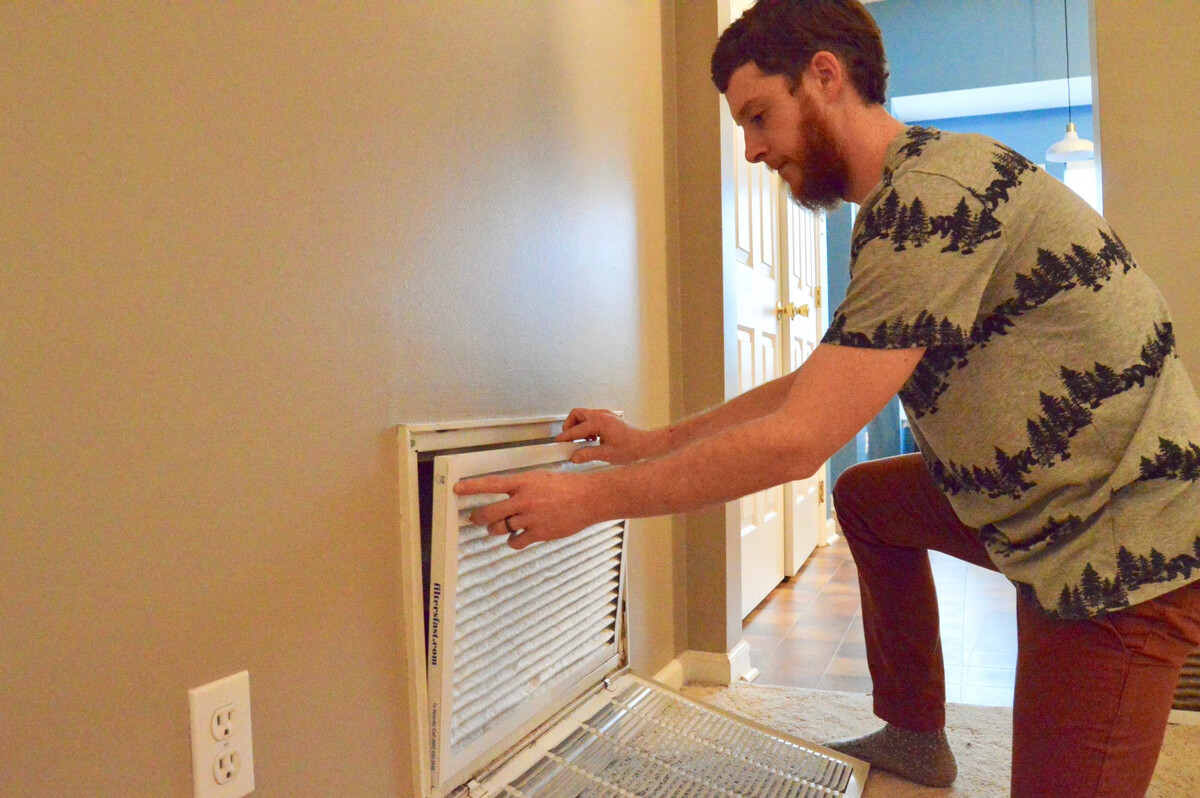

Heating & Cooling
In Which Direction Does The Air Filter Go In A Central Air Heating System?
Modified: February 16, 2024
Learn the correct direction to install the air filter in your central air heating system for optimal heating and cooling efficiency. Proper air filter placement is crucial for maintaining indoor air quality and system performance.
(Many of the links in this article redirect to a specific reviewed product. Your purchase of these products through affiliate links helps to generate commission for Storables.com, at no extra cost. Learn more)
Introduction
The air filter in a central air heating system plays a crucial role in maintaining indoor air quality and the overall efficiency of the system. It serves as a barrier, capturing dust, pollen, pet dander, and other airborne particles, preventing them from circulating throughout your home. However, to ensure that the air filter functions effectively, it must be installed in the correct direction.
Understanding the significance of the air filter's orientation is essential for homeowners and HVAC technicians alike. By comprehending the proper positioning of the air filter, you can optimize the performance of your central air heating system, potentially reducing energy consumption and minimizing wear and tear on the equipment.
In this comprehensive guide, we will delve into the importance of the air filter's direction in a central air heating system. We will explore how to determine the correct orientation for the air filter, the process of installing it in the proper direction, and the implications of neglecting this critical aspect of HVAC maintenance. Whether you are a homeowner seeking to enhance your indoor air quality or an HVAC professional aiming to deliver top-notch service, understanding the significance of the air filter's direction is paramount.
Let's embark on a journey to unravel the intricacies of air filter orientation in central air heating systems, shedding light on the vital role it plays in preserving indoor air quality and optimizing the performance of HVAC systems.
Key Takeaways:
- Properly installing the air filter in your central air heating system ensures cleaner indoor air and helps the system run more efficiently, saving energy and reducing maintenance costs.
- By following the arrows or markings on the air filter, you can easily install it in the right direction, keeping your home’s air clean and your HVAC system in top shape.
Read more: Which Direction Should My HVAC Filter Face?
Understanding the Air Filter in a Central Air Heating System
The air filter in a central air heating system serves as a guardian of indoor air quality, working diligently to trap various airborne particles that can compromise the cleanliness of the air we breathe. It acts as a barrier, preventing dust, pollen, mold spores, pet dander, and other contaminants from circulating throughout the home. By capturing these particles, the air filter helps to maintain a healthier indoor environment, particularly for individuals with allergies or respiratory sensitivities.
In addition to its role in preserving indoor air quality, the air filter also plays a pivotal role in the efficiency and longevity of the central air heating system. When the filter becomes clogged with debris, it obstructs the airflow, forcing the system to work harder to maintain the desired temperature. This increased strain can lead to higher energy consumption and potential damage to the HVAC equipment over time. Therefore, regular maintenance of the air filter is essential to ensure optimal system performance and energy efficiency.
It's important to note that air filters come in various types and sizes, each designed to capture specific types of particles and contaminants. The MERV (Minimum Efficiency Reporting Value) rating of an air filter indicates its effectiveness in trapping airborne particles, with higher MERV ratings signifying greater filtration efficiency. Understanding the MERV rating of an air filter can help homeowners and HVAC professionals select the most suitable filter for their specific indoor air quality needs.
Furthermore, the frequency of air filter replacement is a critical aspect of HVAC maintenance. Over time, air filters become laden with captured particles, diminishing their filtration capacity and impeding airflow. Regularly replacing the air filter according to the manufacturer's recommendations is essential to ensure that the central air heating system operates at peak performance and maintains optimal indoor air quality.
By comprehending the multifaceted role of the air filter in a central air heating system, homeowners and HVAC professionals can appreciate its significance in preserving indoor air quality, optimizing system efficiency, and promoting a healthier living environment. The next section will delve into the crucial aspect of determining the correct direction for the air filter, shedding light on the importance of this fundamental step in HVAC maintenance.
Determining the Correct Direction for the Air Filter
When it comes to the proper functioning of a central air heating system, the orientation of the air filter is a critical factor. Determining the correct direction for the air filter involves understanding the airflow dynamics within the HVAC system. In most central air heating systems, the air filter is positioned between the return air duct and the blower or air handler. The return air duct pulls in air from the living space, which then passes through the air filter before reaching the blower. The blower subsequently circulates the filtered air through the ductwork and into the living areas to maintain the desired temperature.
To ascertain the correct direction for the air filter, it is essential to identify the airflow indicators on the filter itself. Many air filters feature arrows or markings that indicate the direction of airflow. These indicators are typically imprinted on the frame of the filter, serving as a guide for proper installation. The arrow points in the direction of the airflow, signifying the path that the air should travel through the filter.
In scenarios where the air filter does not have directional indicators, it is crucial to consult the HVAC system's documentation or seek guidance from a qualified technician. Understanding the specific airflow requirements of the central air heating system is paramount in determining the correct orientation for the air filter. Additionally, observing the existing installation of the air filter, if accessible, can provide valuable insights into its proper direction.
By ensuring that the air filter is installed in the correct direction, homeowners and HVAC professionals can optimize the filtration process and prevent potential issues associated with improper airflow. This fundamental step in HVAC maintenance sets the stage for efficient filtration of airborne particles, contributing to improved indoor air quality and the overall performance of the central air heating system.
Understanding the significance of the air filter's direction is crucial for maintaining a healthy and comfortable indoor environment. The subsequent section will delve into the process of installing the air filter in the correct direction, providing actionable insights for homeowners and HVAC professionals alike.
When installing an air filter in a central air heating system, make sure the arrow on the filter is pointing towards the blower motor. This ensures proper airflow and efficient operation.
Installing the Air Filter in the Correct Direction
Installing the air filter in the correct direction is a fundamental aspect of HVAC maintenance that directly impacts the efficiency and performance of a central air heating system. Once the correct orientation for the air filter has been determined, the next step is to ensure its proper installation. This process involves aligning the filter in accordance with the designated airflow direction, as indicated by the manufacturer's guidelines or directional markings on the filter itself.
To install the air filter in the correct direction, begin by locating the return air duct within the central air heating system. The return air duct is responsible for drawing air from the living space and directing it towards the blower or air handler for conditioning. Position the air filter in the section of the return air duct where it is designed to be installed, ensuring that it fits securely within the designated slot or housing.
If the air filter features directional indicators such as arrows or markings, carefully align these indicators with the airflow direction within the return air duct. The arrow or designated markings should point towards the direction from which the air is being pulled into the filter. This alignment ensures that the air passes through the filter media in the intended manner, allowing for effective filtration of airborne particles before reaching the blower.
In cases where the air filter does not have explicit directional indicators, it is essential to refer to the manufacturer's instructions or consult with a qualified HVAC technician for guidance. Additionally, if the existing installation of the air filter is accessible, observing the orientation of the filter can provide valuable visual cues for ensuring proper alignment during replacement.
Once the air filter is positioned in the designated location and aligned in the correct direction, secure it in place according to the specific mechanism employed by the central air heating system. This may involve sliding the filter into a designated slot, fastening it with clips or latches, or securing it within a filter housing using the prescribed method.
By meticulously installing the air filter in the correct direction, homeowners and HVAC professionals can uphold the integrity of the filtration process, thereby contributing to improved indoor air quality and the overall efficiency of the central air heating system. This proactive approach to air filter installation sets the stage for optimal system performance and underscores the significance of proper maintenance in preserving a healthy and comfortable indoor environment.
Importance of Proper Air Filter Direction
The proper direction of the air filter in a central air heating system holds immense significance in ensuring the system's optimal performance and the maintenance of indoor air quality. When the air filter is installed in the correct orientation, it facilitates the efficient filtration of airborne particles, thereby preventing contaminants from circulating throughout the home. This fundamental aspect of HVAC maintenance directly impacts the overall functionality of the central air heating system and contributes to a healthier indoor environment for occupants.
By aligning the air filter in the designated direction, homeowners and HVAC professionals can maximize the filtration efficiency, allowing the filter to effectively capture dust, pollen, pet dander, mold spores, and other airborne particles. This not only enhances indoor air quality but also reduces the accumulation of these contaminants within the HVAC system, promoting cleaner and healthier air circulation throughout the living spaces.
Furthermore, the proper orientation of the air filter supports the optimal airflow dynamics within the central air heating system. When the filter is installed in the correct direction, it facilitates the smooth passage of air through the filtration media, minimizing resistance and ensuring that the blower or air handler receives adequately filtered air. This, in turn, promotes energy efficiency by reducing the strain on the system, potentially leading to lower energy consumption and prolonged equipment lifespan.
Neglecting the proper direction of the air filter can result in suboptimal filtration, potentially allowing contaminants to bypass the filter and enter the HVAC system. This can lead to the accumulation of debris within the ductwork and the internal components of the system, compromising its efficiency and potentially causing avoidable wear and tear. Additionally, improper airflow due to incorrectly oriented filters can lead to reduced system performance, uneven heating, and cooling, and increased operational costs.
In essence, the importance of the proper air filter direction cannot be overstated. By ensuring that the air filter is installed in the correct orientation, homeowners and HVAC professionals can uphold the integrity of the filtration process, promote energy efficiency, and contribute to a healthier indoor environment. This fundamental aspect of HVAC maintenance underscores the proactive approach required to preserve the functionality and longevity of central air heating systems, ultimately benefiting both the system and the occupants of the home.
Conclusion
In conclusion, the orientation of the air filter in a central air heating system is a critical element that significantly impacts indoor air quality, system efficiency, and overall HVAC performance. By understanding the importance of installing the air filter in the correct direction, homeowners and HVAC professionals can proactively contribute to a healthier and more comfortable living environment.
The air filter serves as a frontline defense against airborne particles, including dust, pollen, pet dander, and mold spores. When positioned in the designated direction, it effectively captures these contaminants, preventing them from circulating throughout the home and contributing to improved indoor air quality. This is particularly beneficial for individuals with allergies or respiratory sensitivities, as a properly oriented air filter can help reduce the presence of allergens in the indoor environment.
Moreover, the proper orientation of the air filter supports optimal airflow dynamics within the central air heating system. By ensuring that the filter aligns with the designated airflow direction, homeowners and HVAC professionals can minimize resistance, promote efficient air circulation, and reduce the strain on the HVAC equipment. This, in turn, can lead to lower energy consumption, decreased operational costs, and prolonged system lifespan.
Neglecting the correct orientation of the air filter can have adverse implications, potentially compromising indoor air quality and system efficiency. Improperly oriented filters may allow contaminants to bypass the filtration process, leading to the accumulation of debris within the HVAC system and ductwork. This can result in reduced performance, increased wear and tear on the equipment, and higher energy consumption, ultimately impacting both the system's functionality and the occupants' comfort.
In essence, the proper direction of the air filter is a fundamental aspect of HVAC maintenance that should not be overlooked. By diligently installing the air filter in the designated orientation, homeowners and HVAC professionals can uphold the integrity of the filtration process, promote energy efficiency, and contribute to a healthier indoor environment. This proactive approach underscores the significance of attention to detail in preserving the functionality and longevity of central air heating systems, ultimately benefiting both the system and the individuals residing in the home.
Frequently Asked Questions about In Which Direction Does The Air Filter Go In A Central Air Heating System?
Was this page helpful?
At Storables.com, we guarantee accurate and reliable information. Our content, validated by Expert Board Contributors, is crafted following stringent Editorial Policies. We're committed to providing you with well-researched, expert-backed insights for all your informational needs.
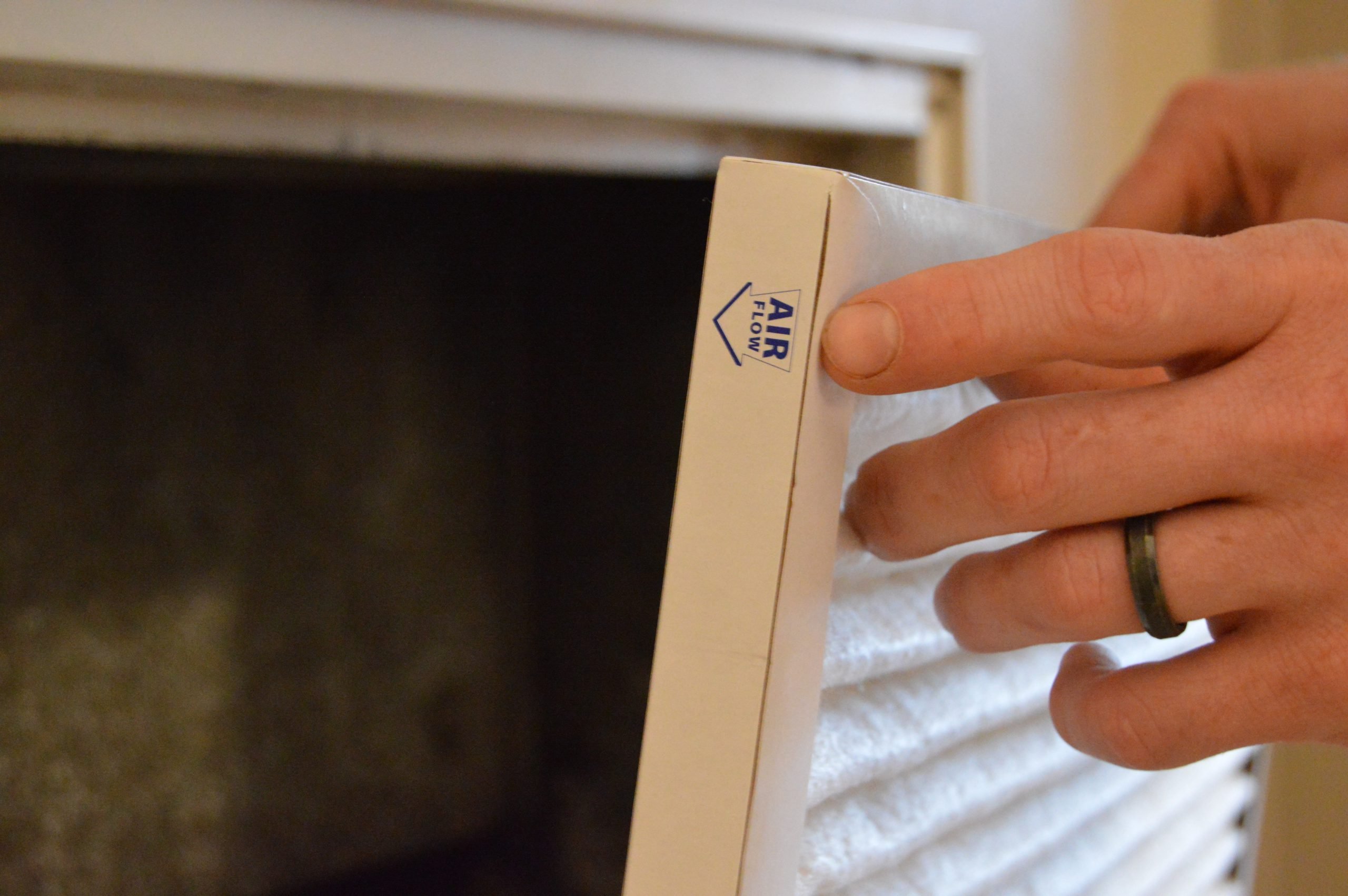

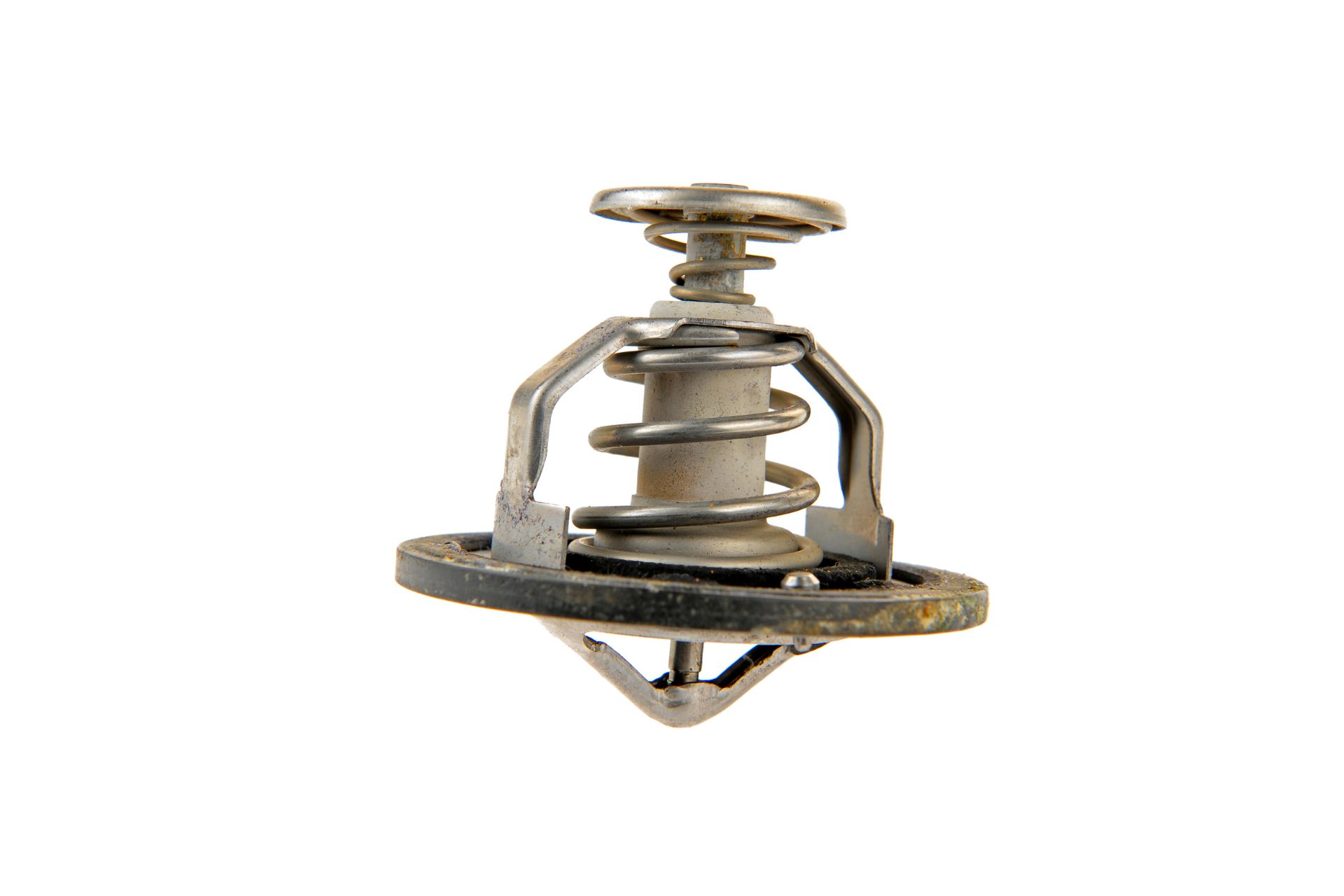
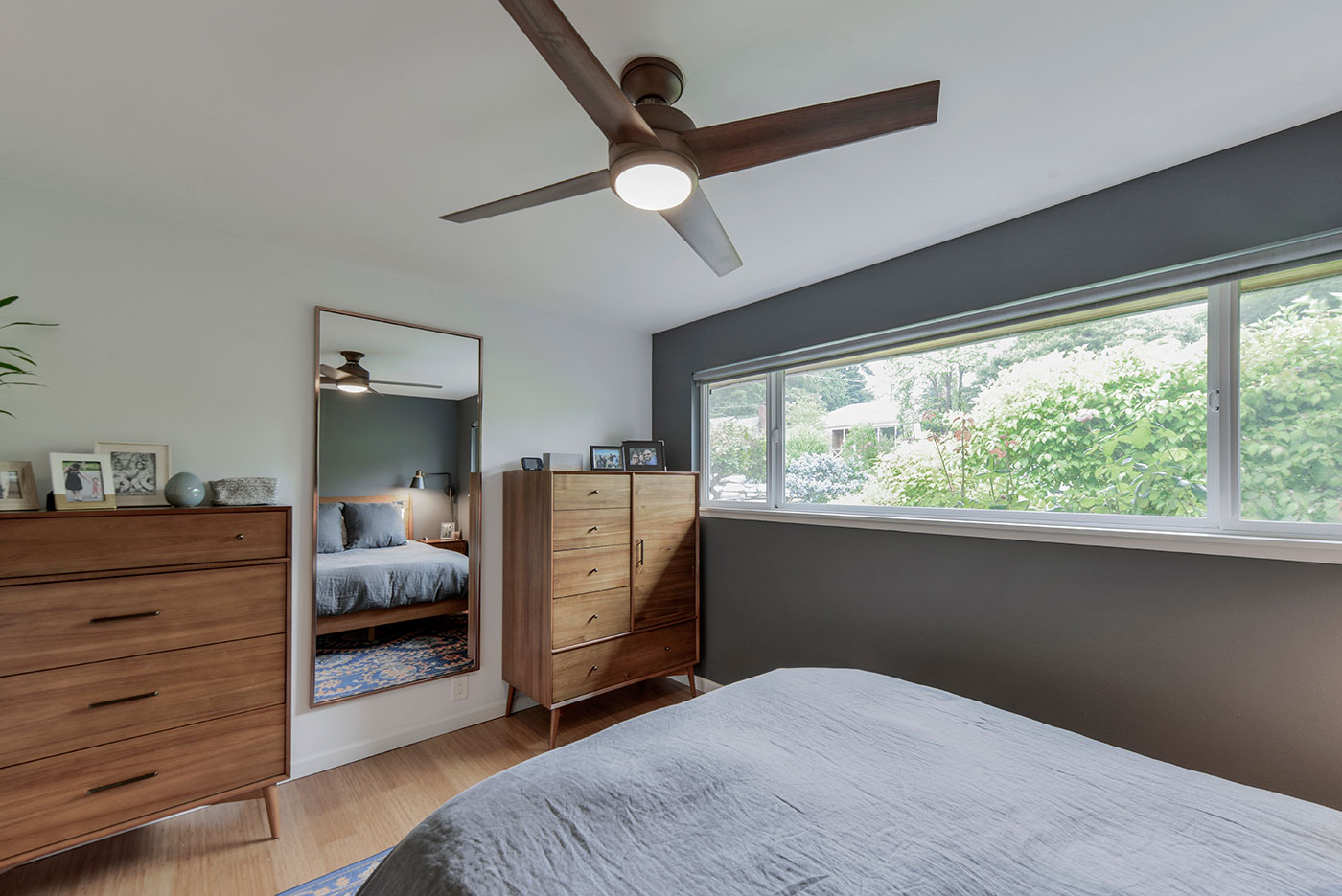
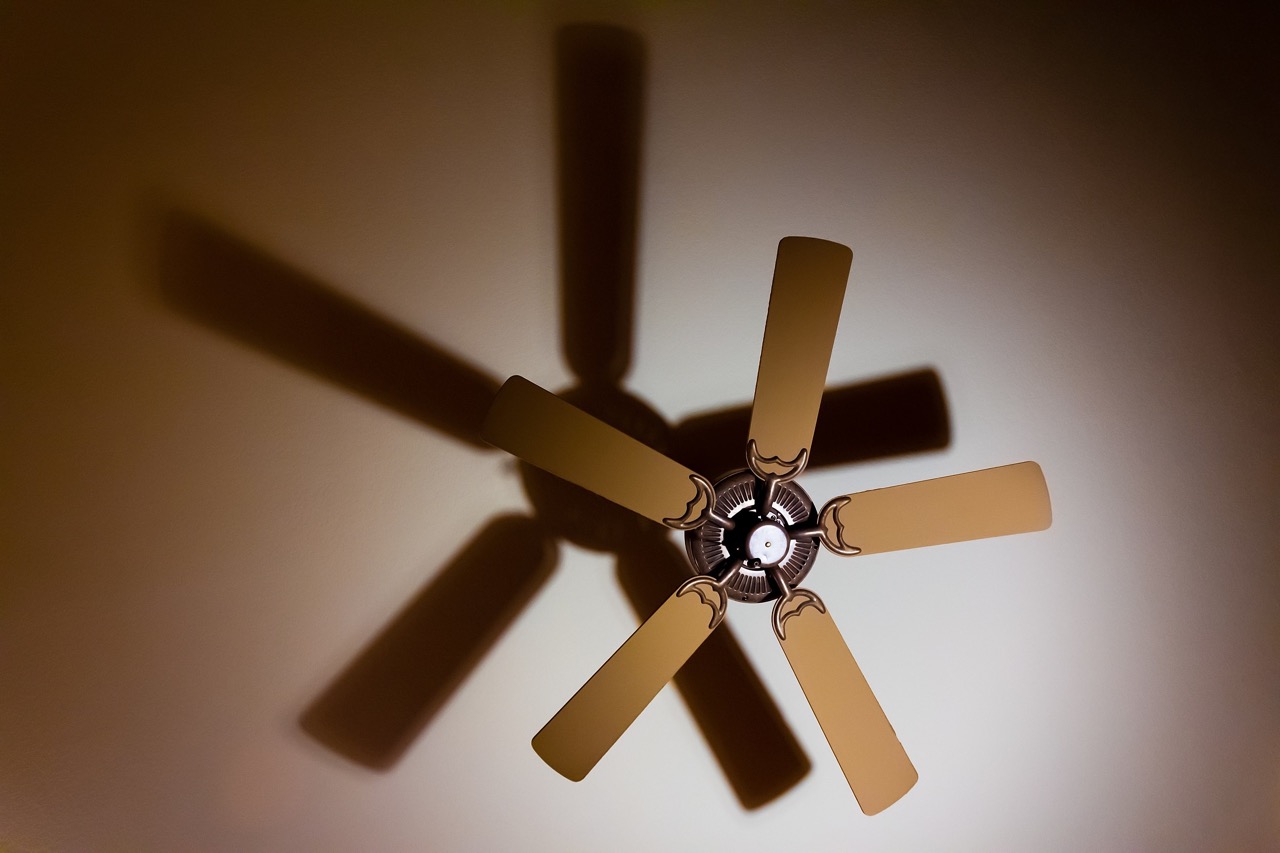
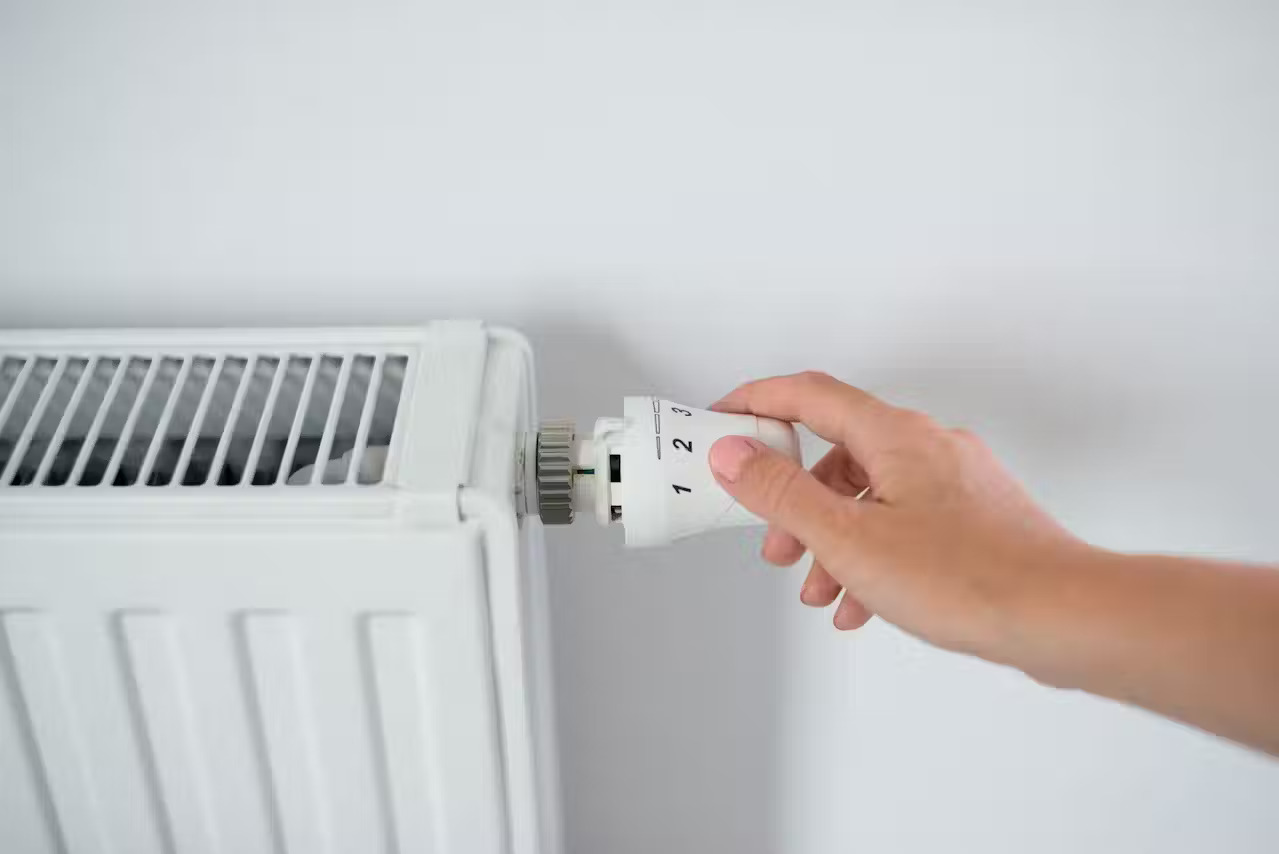
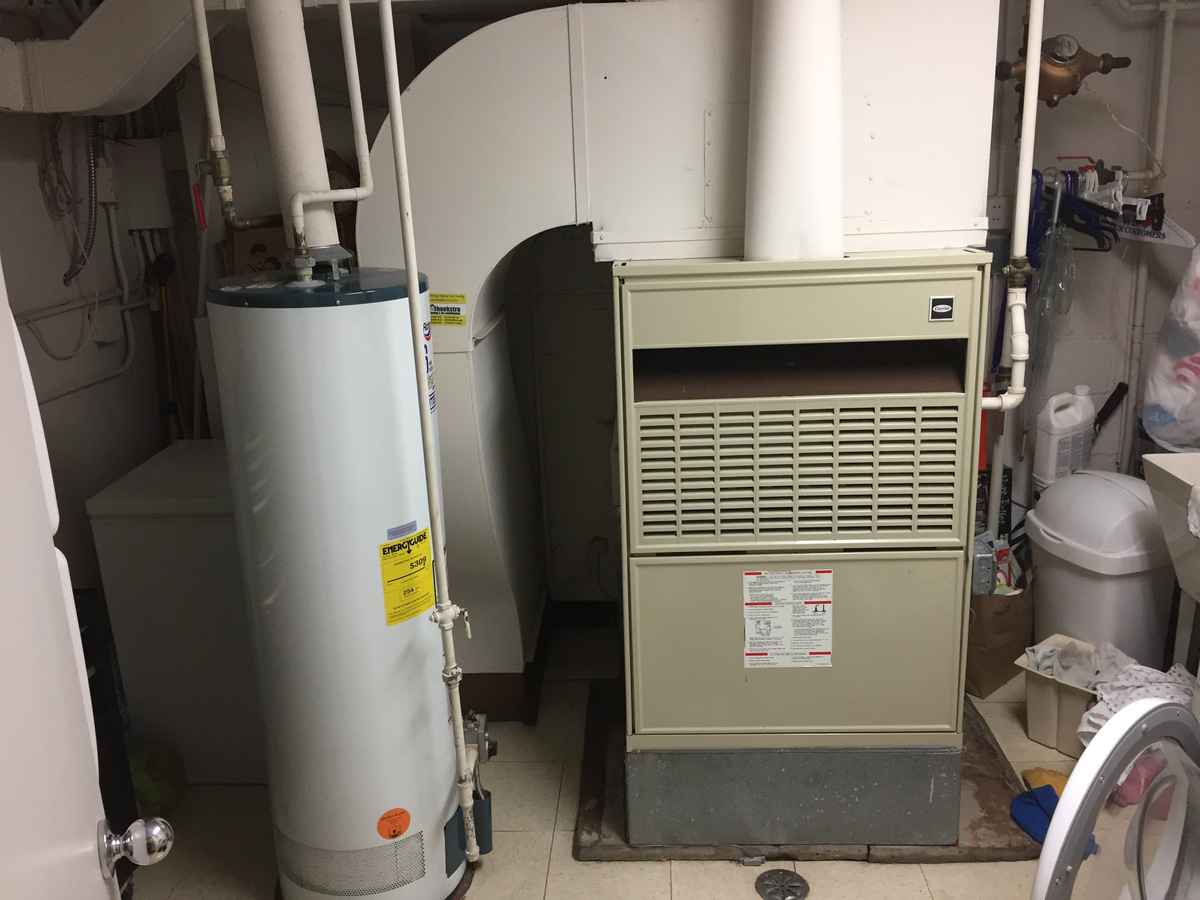
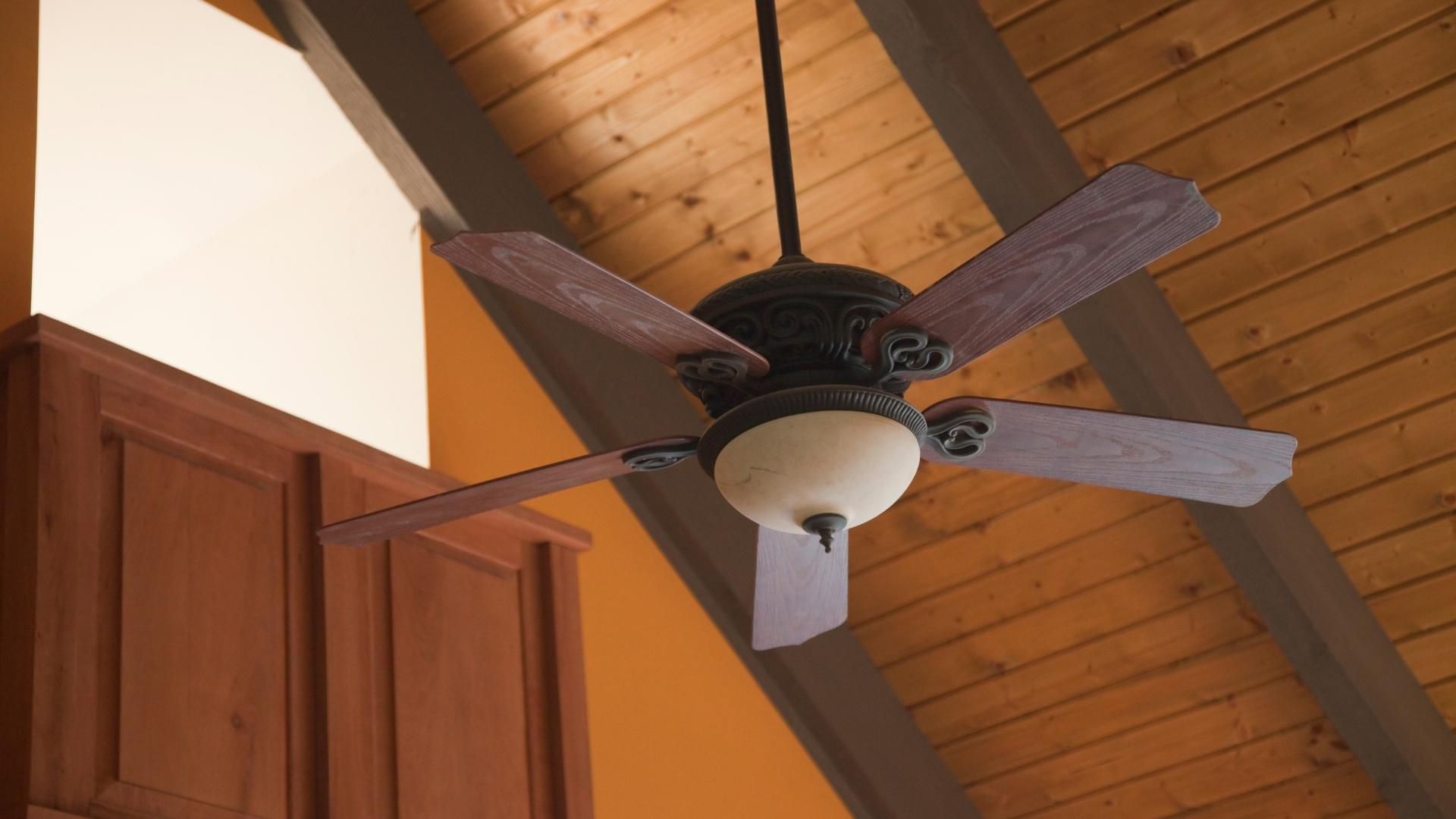
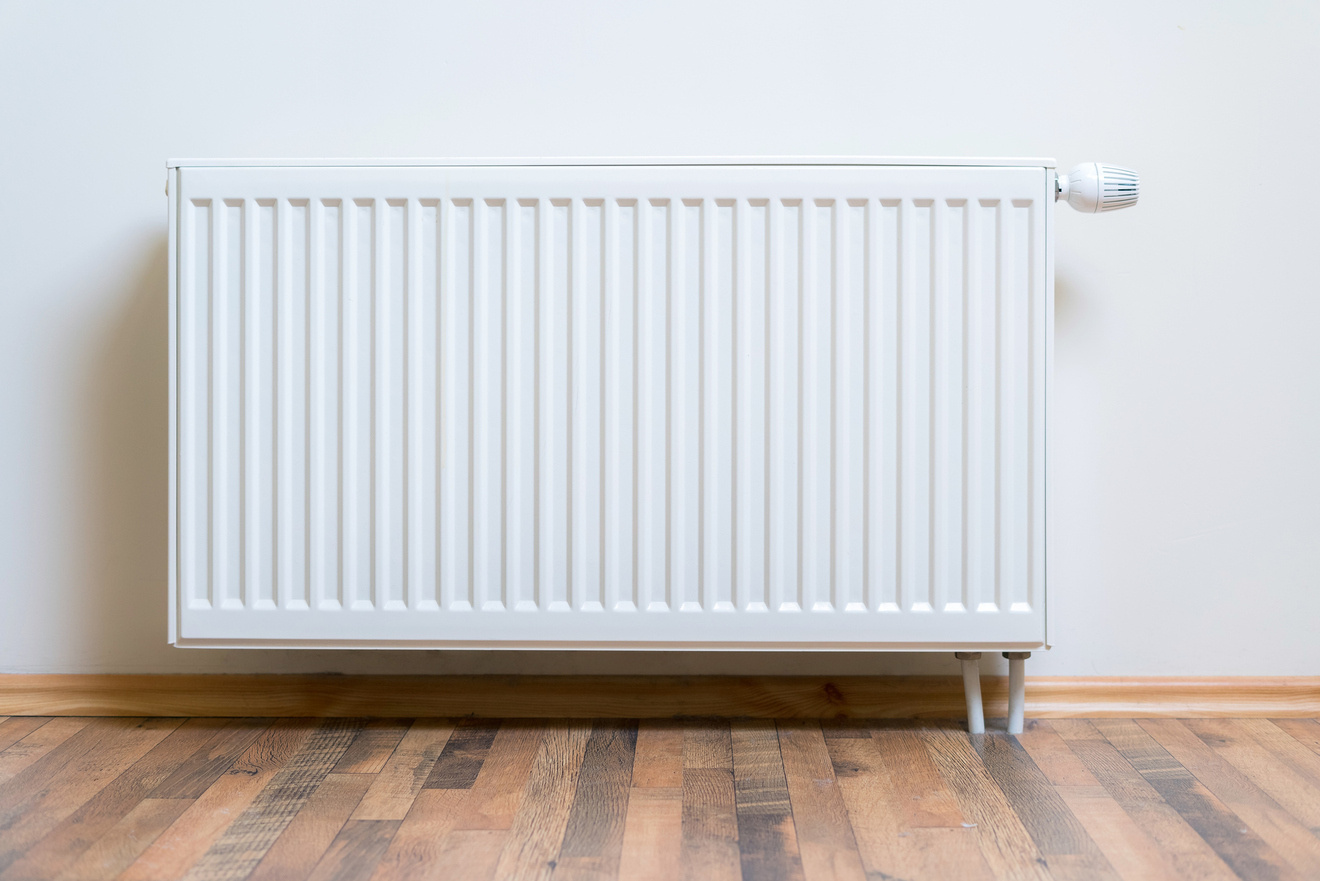
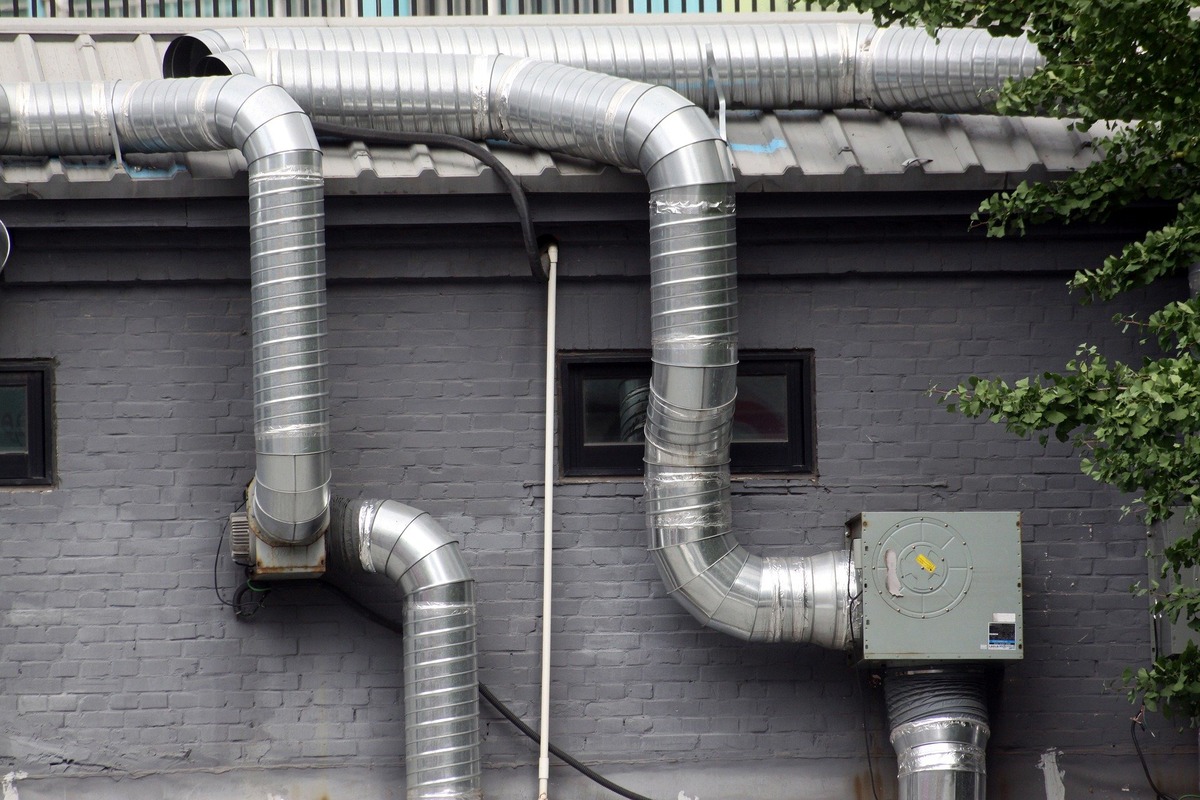
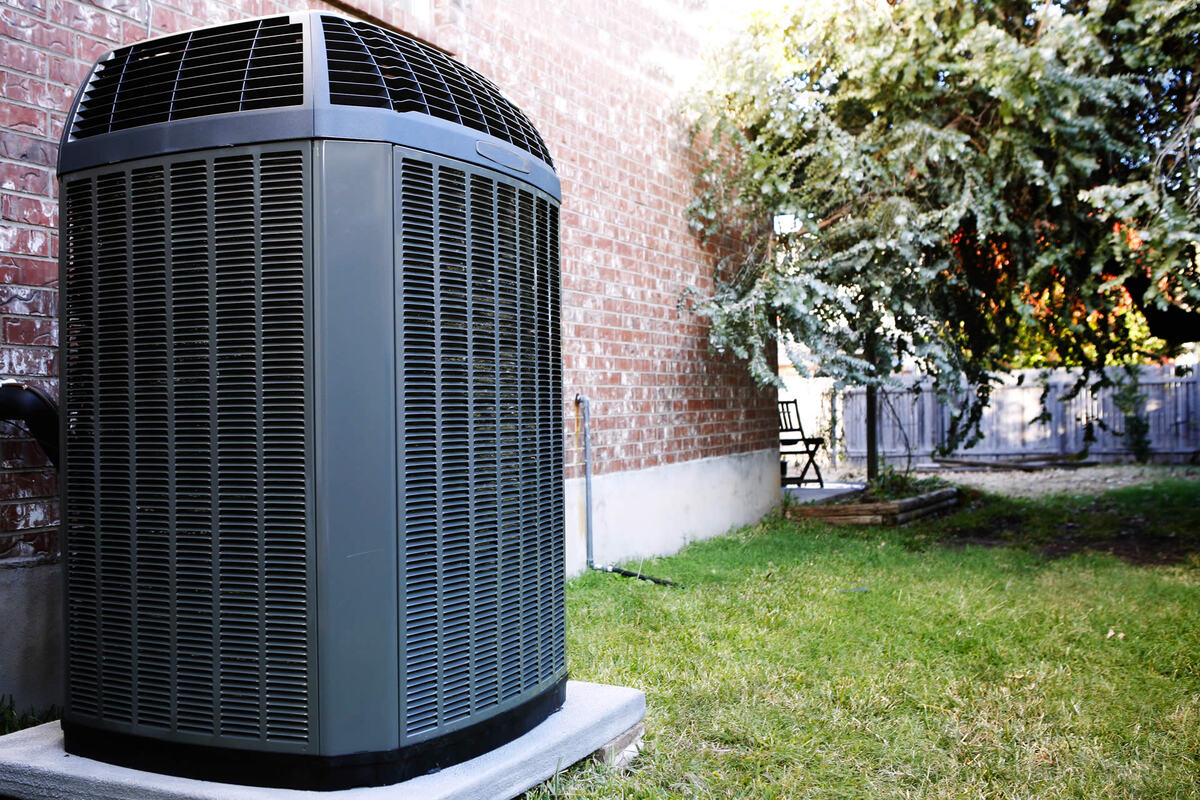
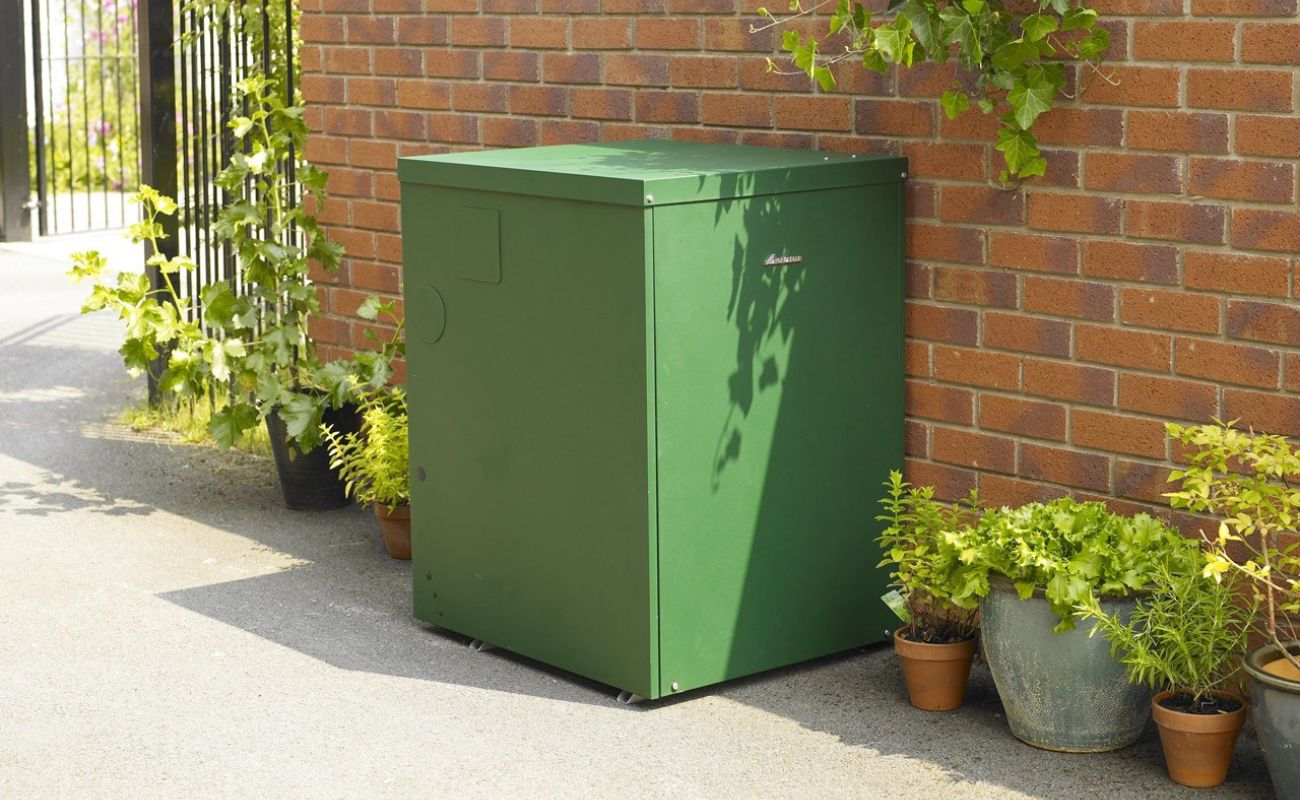
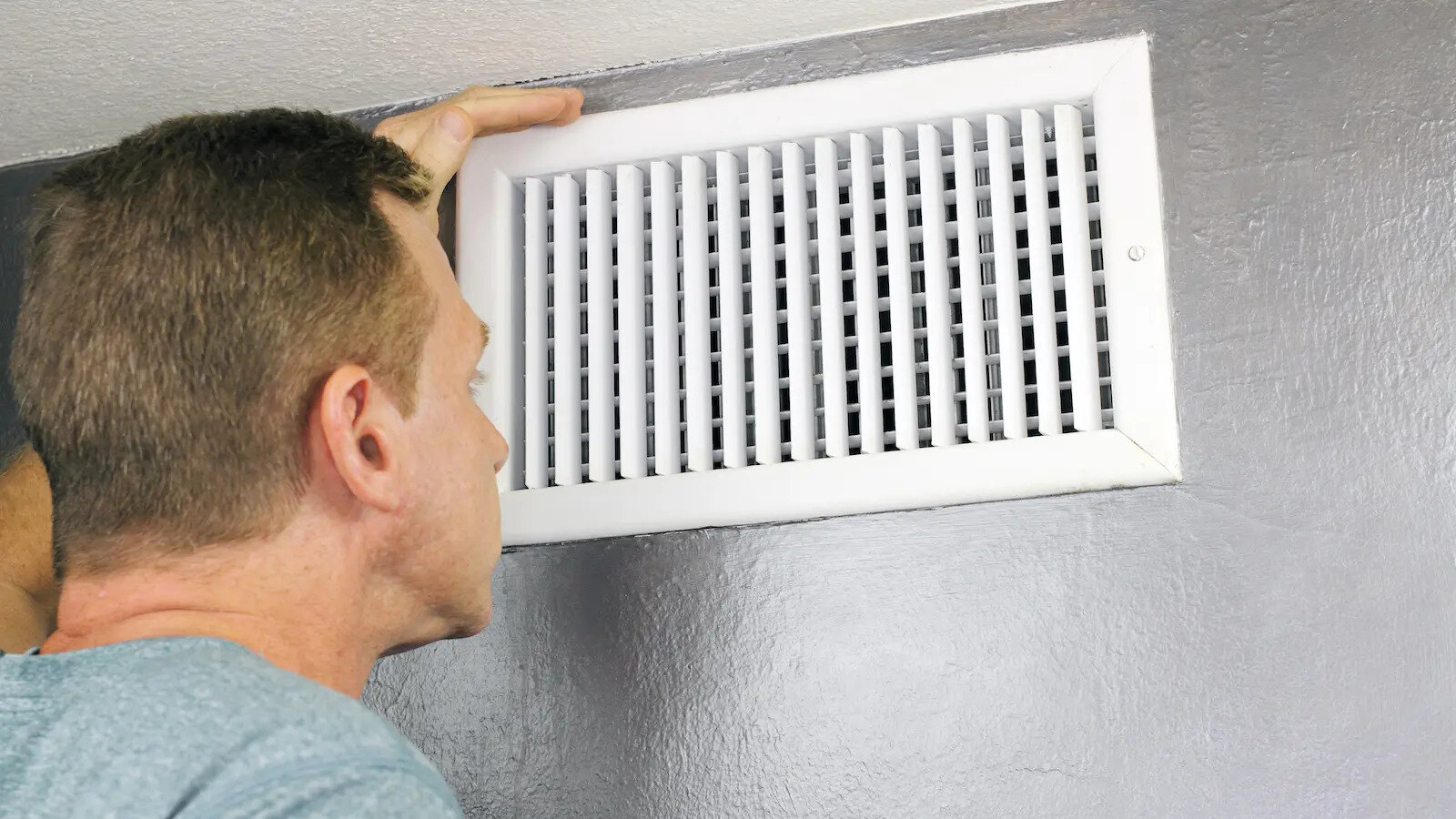
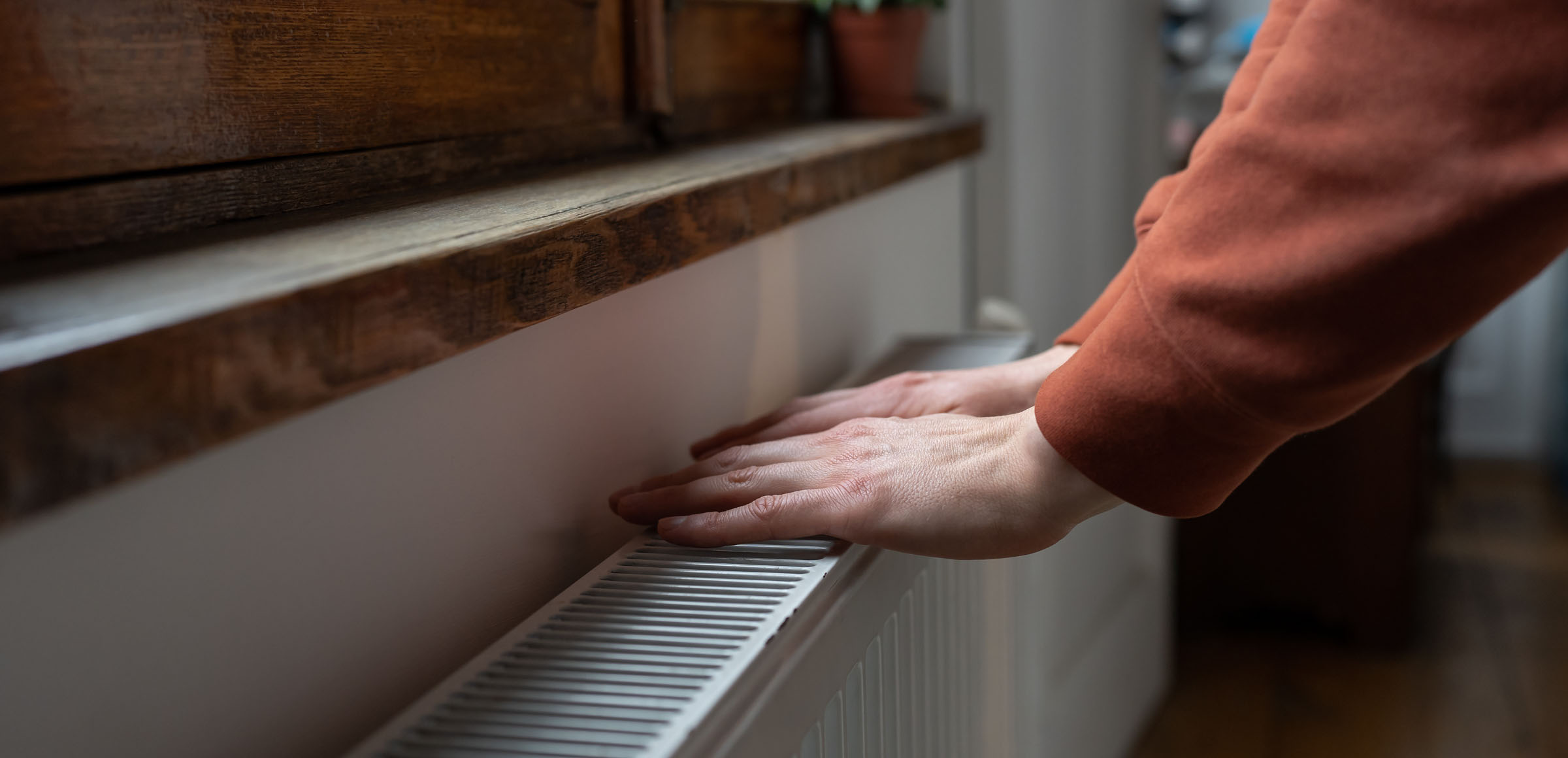

0 thoughts on “In Which Direction Does The Air Filter Go In A Central Air Heating System?”